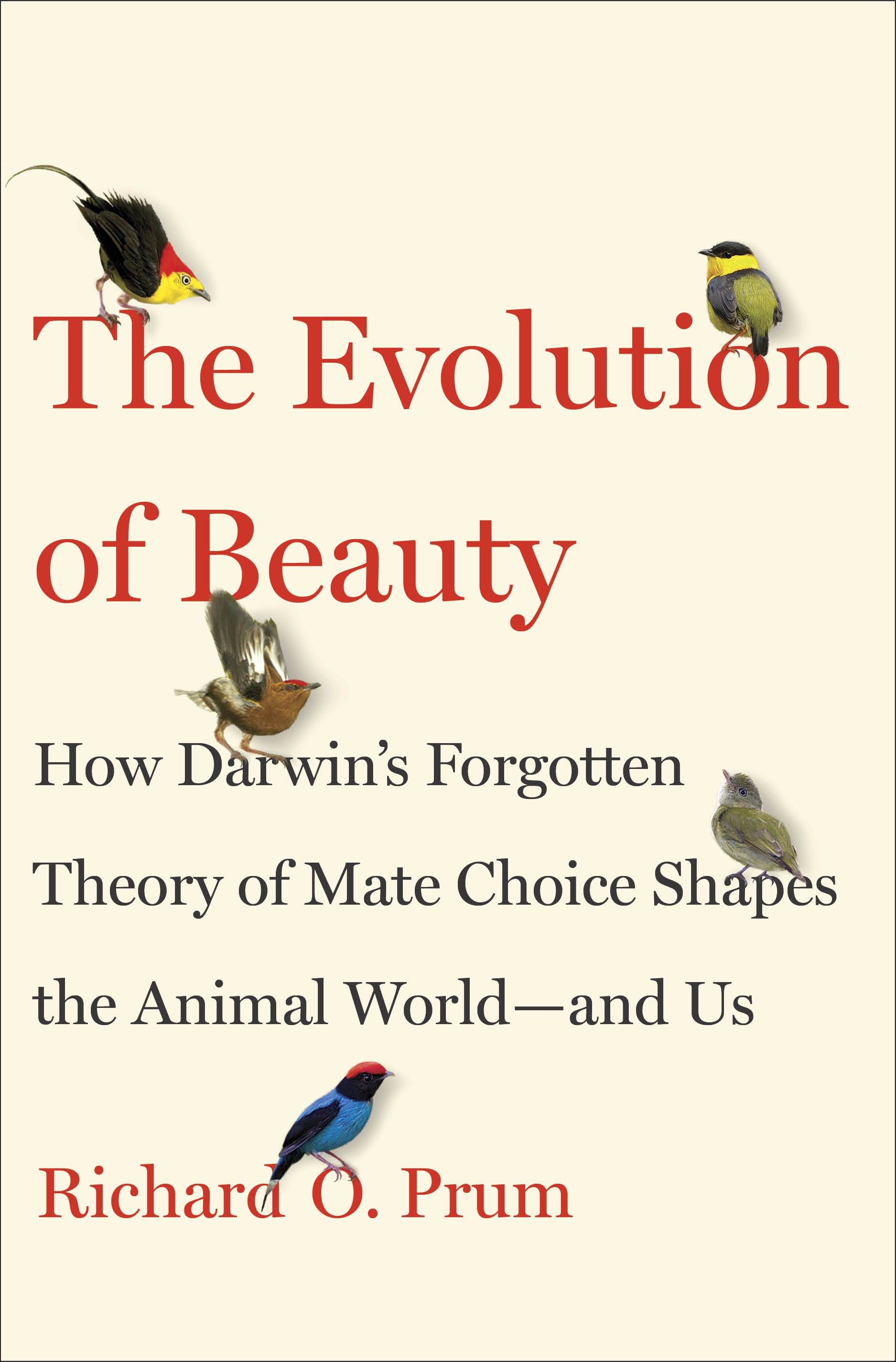
“Survival of the Fittest.” Although Darwin didn’t come up with that phrase, it has come to define his theory of evolution: that traits that improve a species’ odds of staying alive are specifically favored to be passed on. (Consider the Galápagos finches, whose beaks have changed over time to crack open different kinds of seeds.) But in The Evolution of Beauty, ornithologist Richard O. Prum argues that superficial desires play a role as well.
Take, for instance, the male club-winged manakin, a bird whose ornate feathers have evolved to produce a “song” while they fly (thanks to a series of bumps that vibrate in the wind) that attracts females. Far from making them fitter, these feathers — and the bigger bones required to support them — actually slow the manakins down, suggesting that, as Prum concludes, animal beauty standards “can be as irrational, unpredictable and dynamic” as our own.
More Must-Reads From TIME
- What Student Photojournalists Saw at the Campus Protests
- How Far Trump Would Go
- Why Maternity Care Is Underpaid
- Saving Seconds Is Better Than Hours
- Welcome to the Golden Age of Ryan Gosling
- Scientists Are Finding Out Just How Toxic Your Stuff Is
- The 100 Most Influential People of 2024
- Want Weekly Recs on What to Watch, Read, and More? Sign Up for Worth Your Time
Contact us at letters@time.com